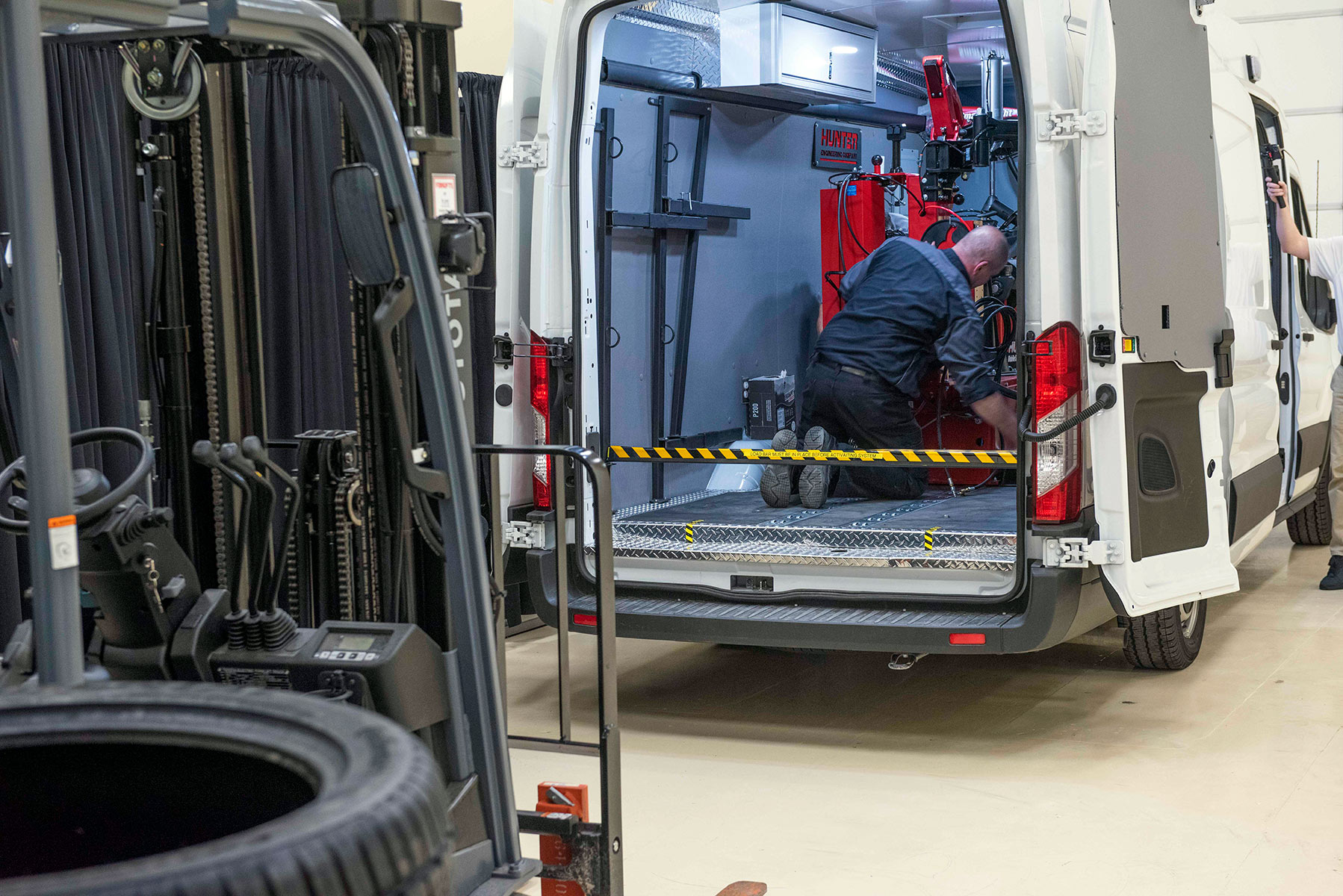Tire Solution: Proven Approaches for Optimal Tire Upkeep and Care
Keeping optimum tire condition is critical for both safety and security and efficiency of any type of car. From guaranteeing proper tire stress to regular rotation and alignment, there are tested methods that can considerably expand the lifespan of your tires and improve overall driving experience. As we check out the complexities of tire care and maintenance, we will uncover necessary standards that every car owner ought to adhere to for the ideal feasible results. Allow's explore the world of tire service and find the keys to maintaining your tires in excellent form for the long run.
Value of Tire Pressure
Appropriate tire pressure is an essential element in making sure optimal lorry performance and safety and security when driving. Maintaining the advised tire pressure levels provided by the manufacturer provides countless advantages. First of all, appropriate tire stress advertises far better fuel effectiveness, as under-inflated tires can result in enhanced rolling resistance, causing the engine to work more difficult and eat more fuel. Second of all, proper tire pressure guarantees even step wear, enhancing tire durability and conserving cash in the long run by postponing the demand for premature replacements. Furthermore, correctly pumped up tires add to boosted handling and braking capabilities, essential for safe driving in numerous road problems. Over-inflated tires, on the various other hand, can result in lowered traction and a harsher trip. Conversely, under-inflated tires are prone to getting too hot, which can cause blowouts and accidents. Routinely readjusting and examining tire stress, especially soon trips, is a simple yet effective method to improve car performance, expand tire life-span, and focus on safety and security when driving.
Tire Turning Standards
When taking into consideration tire rotation guidelines, it is important to understand the value of this upkeep task in making best use of tire life expectancy and keeping ideal car performance. Tire rotation involves transforming the placement of each tire on a car to make certain even step wear. Front tires have a tendency to put on a lot more swiftly than rear tires due to steering pressures, making routine turning vital for balanced wear patterns.

Benefits of Wheel Alignment
Ensuring correct wheel positioning after tire turning is crucial for preserving balanced wear patterns and maximizing lorry efficiency. Wheel positioning describes the modification of the angles of the wheels to the maker's specs. Among the essential benefits of wheel alignment is improved steering and dealing with response. When the wheels are properly lined up, it minimizes guiding initiative, guaranteeing a smoother and more site link regulated driving experience. In addition, right wheel alignment helps to expand the life-span of your tires. Misaligned wheels can create unequal tire wear, bring about early tire replacement and enhanced upkeep expenses.

Tire Tread Deepness Inspect
Carrying out a normal assessment of tire step deepness is necessary for maintaining safe driving problems and extending the life-span of your tires. Uneven tread wear can indicate problems with tire alignment, stress, or suspension, highlighting the relevance of regular walk depth checks. By including tire tread deepness checks right into your routine upkeep timetable, you can drive with self-confidence knowing that your tires are in top problem.
Seasonal Tire Assessment
Seasonal tire inspection is a try this website fundamental facet of tire maintenance that makes certain tires are prepared to face the obstacles postured by different weather condition problems. In preparation for winter, it is vital to inspect the tire stress on a regular basis as cool temperature levels can trigger tire stress to go down. By carrying out routine seasonal tire examinations, chauffeurs can prolong tire life-span, improve fuel performance, and most significantly, make certain a protected driving experience in differing weather condition conditions.
Verdict
To conclude, keeping appropriate tire pressure, rotating tires regularly, aligning wheels correctly, checking tread deepness, and conducting seasonal examinations are essential techniques for optimal tire treatment. By following these verified approaches, drivers can ensure their tires last longer, carry out far better, and add to general car safety and security. It is essential to focus on tire upkeep to avoid accidents, improve gas effectiveness, and lengthen the lifespan of tires.
Sufficient tire pressure promotes better fuel efficiency, as under-inflated tires can lead to raised rolling resistance, creating the engine to function tougher and consume more gas.When thinking about tire rotation standards, it is crucial to recognize go to the website the value of this maintenance job in optimizing tire life expectancy and keeping optimal automobile efficiency. Seasonal tire examination is a basic element of tire upkeep that makes certain tires are prepared to encounter the challenges positioned by various weather condition conditions. By carrying out regular seasonal tire assessments, motorists can prolong tire lifespan, enhance gas efficiency, and most notably, make sure a secure driving experience in differing climate conditions.
In final thought, maintaining appropriate tire pressure, rotating tires routinely, aligning wheels correctly, monitoring step depth, and conducting seasonal inspections are important practices for optimal tire care.